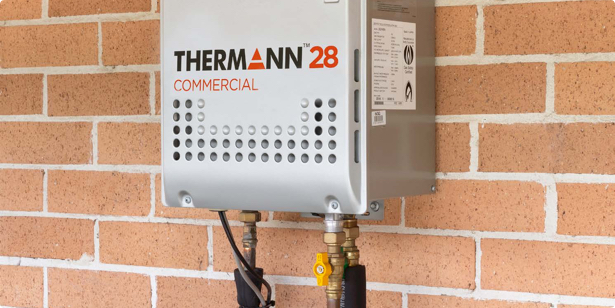
Storage Hot Water Systems
Gas and electric storage hot water systems hold water in a tank that's heated so it's ready for use. They are available in natural gas, Liquefied Petroleum Gas (LPG) and electrically powered models.
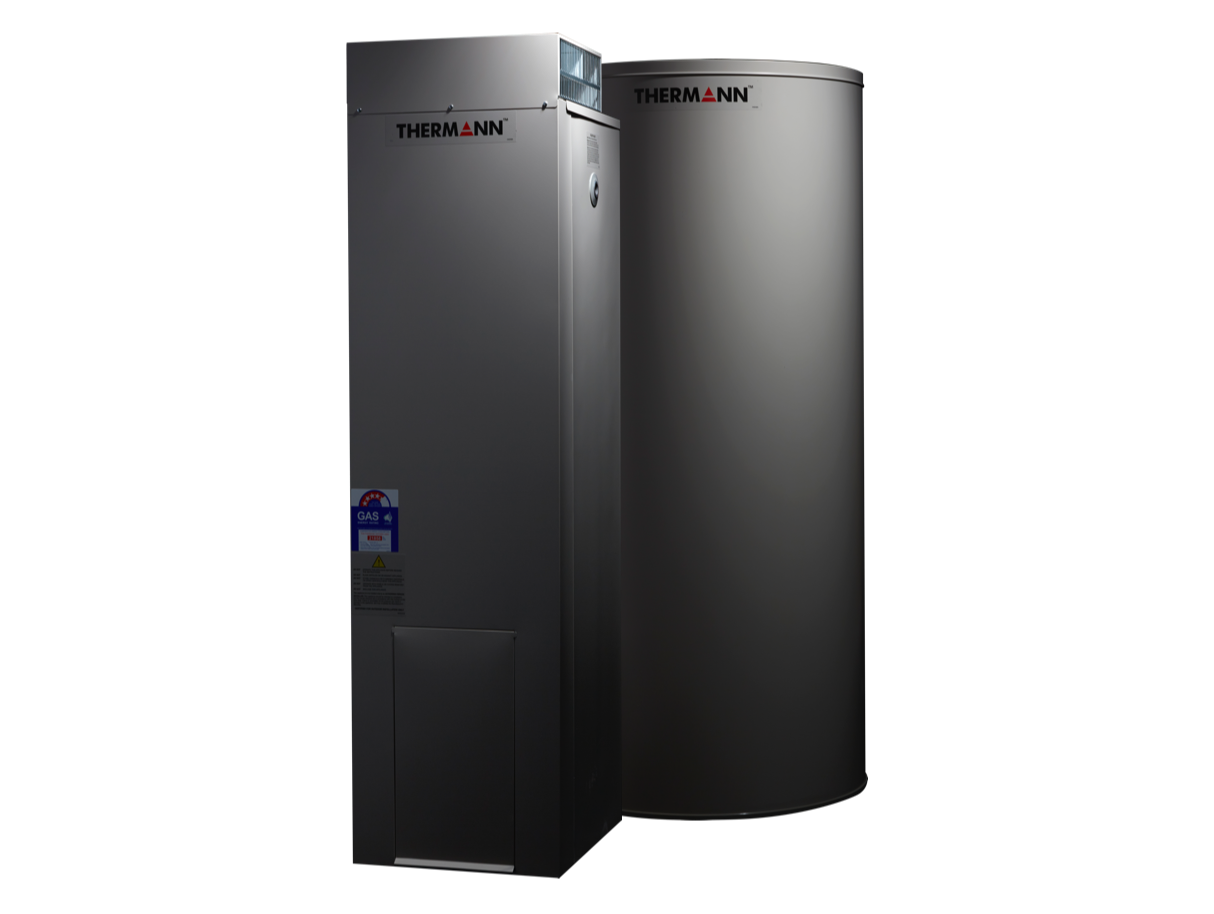

Gas and electric storage hot water systems hold water in a tank that's heated so it's ready for use. They are available in natural gas, Liquefied Petroleum Gas (LPG) and electrically powered models.

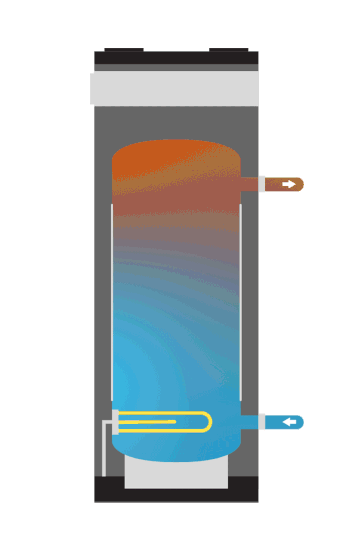
Cold water enters through a pipe at the bottom of the storage tank. An electric heating element inside the tank (similar to one you'd find inside a kettle) begins heating the water. The hot water progressively rises to the top of the tank. When a tap inside the home is turned on, the hottest water then exits at the top of the tank where it flows to the users location. To ensure the water stays at the right temperature, a thermostat constantly measures the water temperature and adjusts the amount of electric power required to keep the water hot.
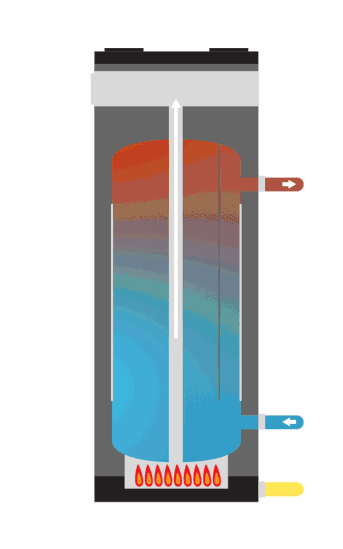
Cold water enters through a pipe at the bottom of the tank. A gas burner located under the tank begins to heat the tank. The hot exhaust gases from the burner travel up the side of the tank further heating the water to the desired temperature. The hot water progressively rises to the top of the tank. When a tap inside the home is turned on, the hottest water then exits at the top of the tank where it flows to the users location. To ensure the water stays at right temperature, a thermostat constantly measures the water temperature and turns the burner on or off as needed to keep the water hot.
Storage systems have long been the most popular type of hot
water systems installed in Australian homes. Because storage
technology has been around for a long time, it offers proven
reliability. Plus, there are many capacity options available to
suit different usage needs.
Both electric and gas storage systems have similar advantages
and disadvantages. Storage systems have the lowest upfront cost
of all the hot water system types, doing a 'like for like'
replacement of an existing storage unit will generally keep the
installation cost low.
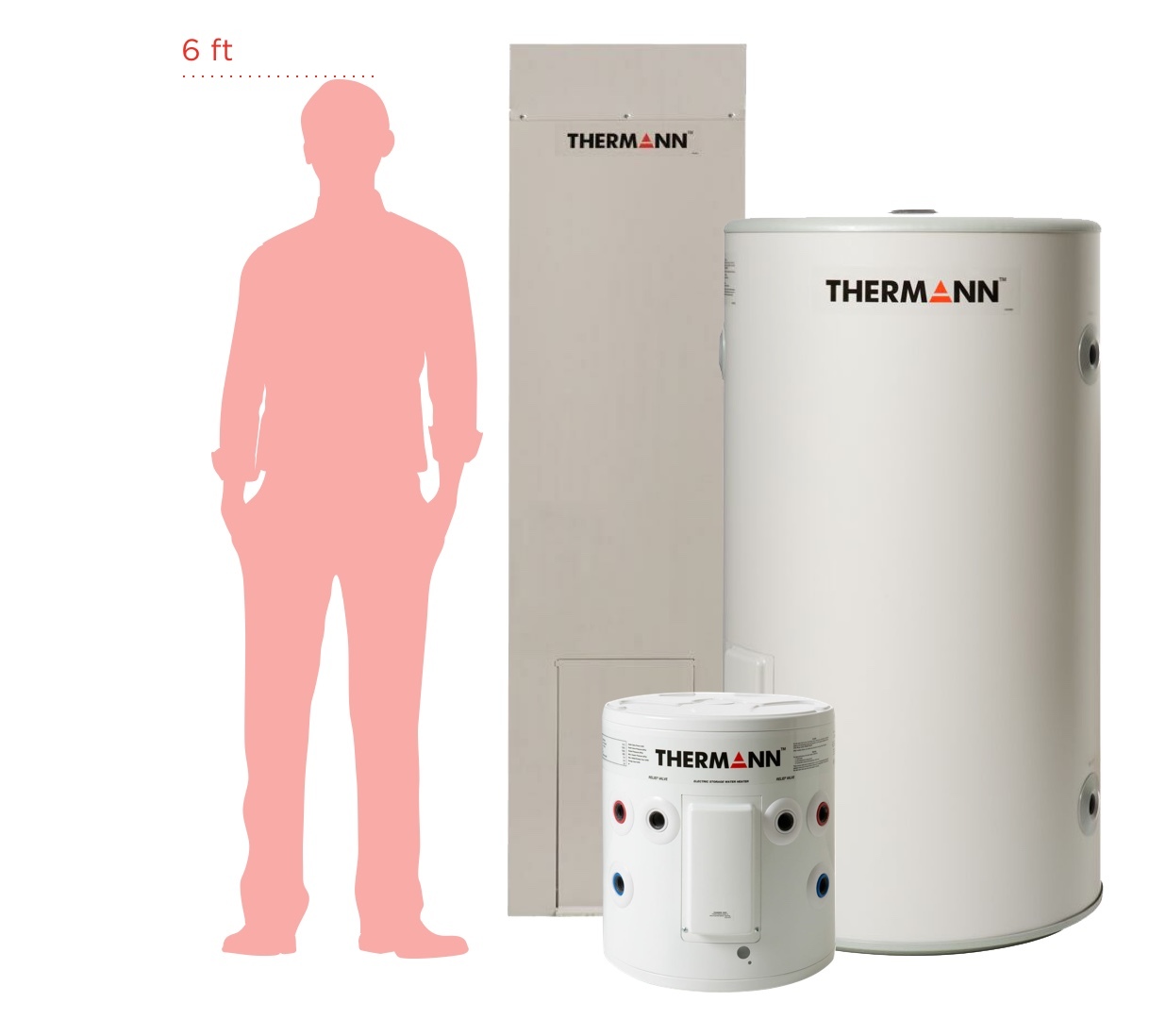
When it comes to energy usage, storage systems heat water
whether it's used or not. This makes them less efficient than
some of the newer hot water technologies like gas continuous
flow, solar boosted or heat pumps.
If your home currently has a storage system and your energy
bills are high, it may be worth investing a little more to get a
higher efficiency system that could save you money in the long
run.
Compared to the compact size of a gas continuous flow system,
storage systems are much larger. Some larger units are over 6
feet tall. So consider your available space before deciding on a
unit.
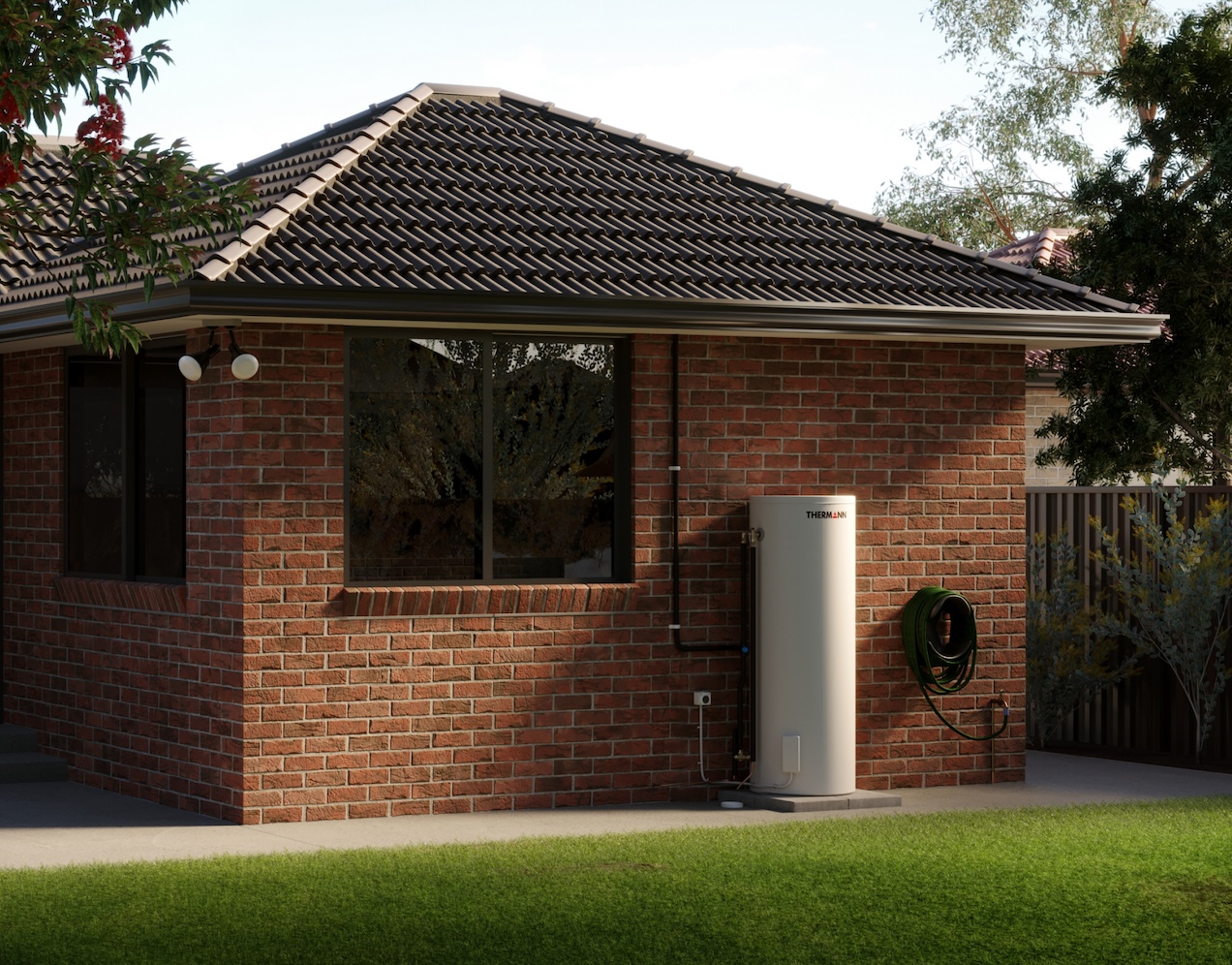
Natural gas storage tends to be more popular in the southern
states where mains gas access to homes is widespread, while
electric storage tends to be more popular in the northern states
where gas supply is limited. LPG storage is often used in rural
properties that do not have access to mains gas.
Electric storage systems are often used in flats and apartments
because they can run internally without producing any exhaust
fumes. Gas storage units need to be located outside the home for
safety. Despite being less efficient, electric storage systems
also come in a wide range of sizes and capacities.

